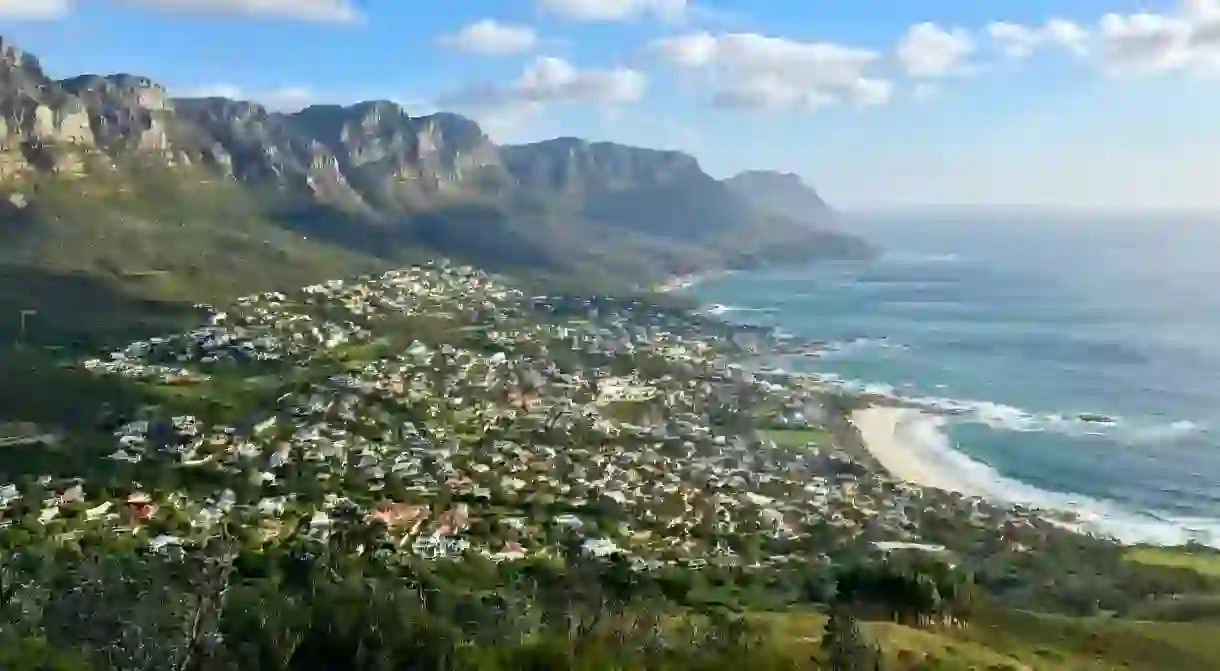10 Historical Landmarks to See in South Africa

Experience South Africa’s rich history, from its turbulent past to its unique architecture and languages, by visiting these historical monuments. From historic battlefields to UNESCO World Heritage Sites, there are memorable landmarks for every traveller.
The Big Hole Museum, Kimberley
Museum
Castle of Good Hope, Cape Town
Historical Landmark
One of the oldest buildings in South Africa, Castle of Good Hope, completed in 1666, was the hub of political and military activity in the country. The Castle is to this day, one of the best examples of 17th-century Dutch East India Company architecture in the world. Originally located on the coastline of Table Bay, following reclamation it is now located within a short distance of the Central Business District.
Isandlwana Battlefield, Isandlwana
Historical Landmark
Nelson Mandela Capture Site, KwaZulu-Natal
Historical Landmark

Robben Island, Cape Town
Historical Landmark
Former South African president Nelson Mandela was imprisoned at Robben Island for 18 of his sentenced 27 years. The original jail building still remains and three tours are conducted daily, some by former political prisoners. Robben Island has been the home of many prisoners since the 17th Century and the Robben Island Museum preserves it as a national estate and World Heritage Site.
Afrikaans Language Monument, Paarl
Historical Landmark
The Afrikaans Language Monument (Afrikaanse Taal Monument) was opened on October 10, 1975, to celebrate the fiftieth anniversary of Afrikaans being declared an official language of South Africa, separate from Dutch. It is more of a sculptural than architectural monument, erected by the Paarlites to commemorate the contribution of the First Language Movement. The monument symbolises the different languages that formed Afrikaans and strives to create respect for and appreciation for Afrikaans.
The Cradle of Humankind, Maropeng
Historical Landmark

The Huguenot Memorial Monument, Franschhoek
Historical Landmark
The Huguenots immigrated to South Africa during the 17th and 18th centuries and had a major impact on traditional Afrikaans culture in both successful and not so successful ways. This monument, inaugurated in 1948, is dedicated to commemorating this influence and the history of the Afrikaner nation. The monument, build of Paarl granite and featuring Calvinia slate paving stones represents the concept of women standing on top of the world.
Union Buildings, Pretoria
Building, Historical Landmark

Voortrekker Monument, Pretoria
Historical Landmark
The Voortrekker Monument, situated in a Pretoria nature reserve, won the Trip Advisor Traveller’s Choice award for 2016. The granite edifice, which opened in 1949, honours the pioneer history of South Africa, as well as that of Afrikaners, and boasts the world’s longest historical marble frieze. The monument symbolises and honours the Dutch trekkers who left the Cape Colony between 1835 and 1854 and embarked on a treacherous journey. It is comprised of 27 marble friezes that represent the history of the Great Trek.













